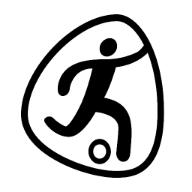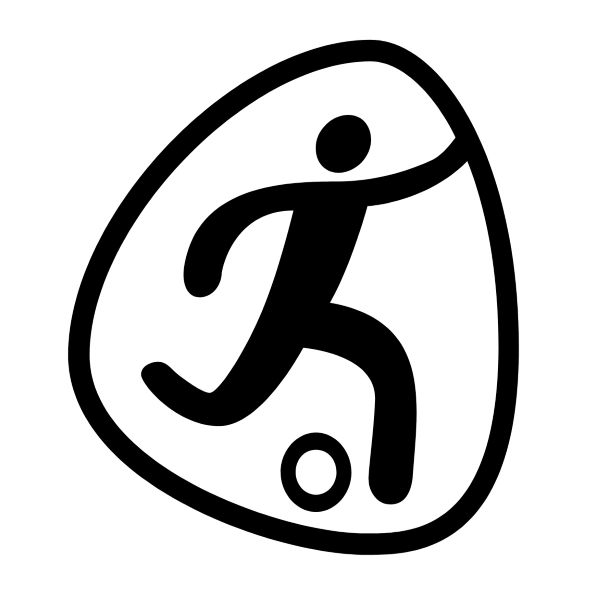With a little over a week to go before the Clásico at the Bernabéu, the sense of calculation inside Barcelona’s staff room is palpable.
Hansi Flick and his assistants are running through scenario after scenario, not only to refine the game plan but to understand exactly which pieces they will have available when the lights come on in Madrid. Raphinha sits at the center of those discussions. His potential absence is not a routine setback. He is a reference point in Barcelona’s attacking structure and one of the few players in the squad who consistently distorts defensive lines with and without the ball. His record in previous meetings with Real Madrid only amplifies the concern. He has shown that he can hurt them with direct runs, quick combinations on the right, and a relentless pressing energy that sets the tone for the entire front line.
The uncertainty is rooted in the specific nature of his injury. Raphinha suffered a problem in the middle third of the biceps femoris in his right thigh on September 25 in the away match against Oviedo. Muscular injuries in that area are notoriously tricky because they combine high load during sprinting with frequent eccentric actions during deceleration and change of direction. The initial estimate placed the downtime at around three weeks, a timeline that technically concludes this Friday, but anyone who has managed elite hamstring cases knows that calendar milestones are only part of the story. Functional readiness is what truly matters. That means running progressions, high speed exposures, sharp cuts, and the ability to repeat those efforts on consecutive days without a spike in soreness or a reactionary loss of range.
Since the diagnosis, the club has aimed Raphinha’s recovery at a single target. Be available for the Clásico. That goal required a careful build up. Gym based work to restore strength ratios, particularly hamstring to quadriceps balance and left to right symmetry. Field sessions focused on progressive intensities. Straight line running at controlled speeds, then strides at 80 to 90 percent, then football specific movements like stop starts, lateral pushes, and curved runs timed to match Barcelona’s patterns. Up to this point he has not trained fully with the group, which keeps the Girona match off the table and reinforces the idea that the staff will not compress the final stages simply to win a few extra days.
Flick’s approach has been consistent. There is no drama because there is a plan. Even if Raphinha had ticked all the boxes in recent days, throwing him into a high intensity league match against Girona would have introduced unnecessary risk. Raphinha is explosive by nature. He seeks duels, accelerates into space, and repeats sprints for ninety minutes. Players with that profile carry a higher risk of relapse if reintroduced too quickly. The priority has always been to arrive at the Bernabéu with the best possible chance of having him active and confident, even if that means accepting a zero minute contribution this weekend.
From a tactical standpoint, Barcelona’s staff is preparing dual scripts. One with Raphinha available for at least part of the Clásico and one without him. With Raphinha, the right flank gains immediate depth. His presence widens Real Madrid’s back line, forces the right back to make uncomfortable choices, and opens the inside lane for a right sided interior to receive between the lines. He also gives Barcelona a vertical outlet when Madrid try to pin them in with pressure. A chipped pass into the channel or a quick switch to the weak side can flip territory in seconds if Raphinha wins his first duel. Without him, Barcelona may lean more heavily on possession security and rotations to create width, perhaps involving a full back pushing high with an interior dropping to form the base. The trade off is that you lose some directness and natural 1v1 threat, which means the team must compensate with quicker circulation and more coordinated third man runs.
Psychologically, the Clásico adds its own layer. Players often speak about the emotional load of this fixture. That intensity can either sharpen focus or nudge someone into a risky sprint they would not normally attempt. This is another reason why the medical and performance staff will be conservative. A player who is 95 percent on a standard matchday might be 85 percent under the heat of a Clásico. The safest path is to ensure that Raphinha not only clears medical criteria but also feels fully confident in high speed actions. Trust in the muscle is non negotiable for a winger who lives on acceleration.
In squad management terms, the next few training sessions will be decisive. If Raphinha joins parts of team training without setbacks, Barcelona can begin to plan a possible cameo role in Madrid. Fifteen to twenty minutes where his burst and delivery can change the rhythm of the game. If he remains on an individual plan, the focus shifts to protecting his long term availability through the winter schedule. That choice would disappoint supporters in the short term but could pay off across league and European fixtures that require a fully operational right side.
For now, the message remains steady. No rush, no panic, no unnecessary noise. The Girona match will come too soon and that was always likely. The horizon remains the Bernabéu, and the final call will be made on performance data, medical markers, and the player’s own sensations. Barcelona want Raphinha on the pitch for the Clásico, but not at any cost. The objective is not simply to make it to the game. It is to make it and stay available afterward. That is how title races are won in March and April, with decisive players fit when the calendar tightens and margins shrink.


